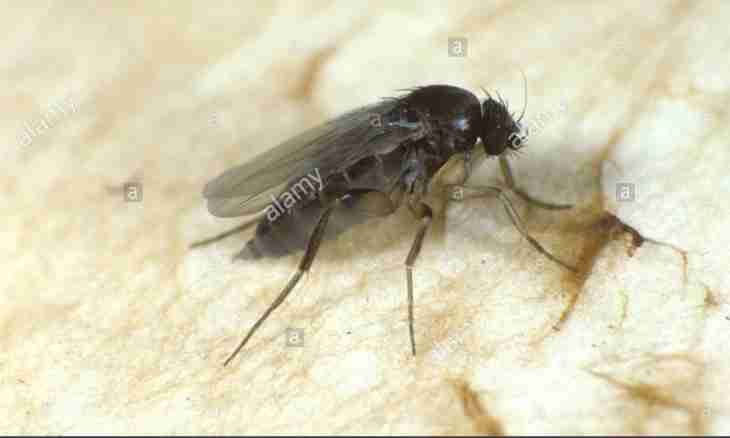A human eye is not capable to see it. It is so small that in order that to consider it, the lens with tenfold increase is required. It is about the least bug on the earth, about a perokrylka.
Are considered as Perokrylki as the least bugs on Earth. This family contains 65 childbirth and more than 400 subspecies, and North American subspecies to which the tiniest bugs less than 0.2 mm long belong, still is not described by science. Perokrylka received the name because of features of the structure of the wings intended rather for passive flight, they have the plumose structure similar to infusorian eyelashes. The least bug from those that were studied treats the sort Nanosella living in disputes of a birch mushroom. This representative a perokrylok, despite the length, a component about 0.35 mm, has complex structure of eyes, antennas, the developed oral device, wings and all that is characteristic of bugs of larger size.
Dwelling area
Perokrylki live both in moderate, and in tropical climate. In the USA 23 sorts and 115 subspecies are revealed though many of them are still not investigated and did not receive the name. Perokrylki are especially widespread in Florida and are interesting from the entomological and evolutionary points of view by the ability to adapt to accommodation conditions at such tiny size. The environment of their dwelling are leaves on the earth, stubs, compost pits, crevices in bark, manure, a mold, seaweed on the ocean coast and other organic materials on which it is formed fungi which larvae and adult individuals eat.
Recently at excavation in Florida the perokrylka were found in a nest of a prehistoric alligator - the natural compost pit serving as housing for bugs the last several million years.
Life cycle
In favorable conditions for a perokrylka quickly breed; often entomologists find larvae in one nest with just faded bugs and even with adult individuals regardless of season. The female is capable to take out and lay only one egg for time. At the same time length of egg is a half of a trunk of a female individual. The bug develops in an adult individual for rather short time - from 32 to 45 days at a temperature of 20 °C, going through three stages of a larva.
Entomologists found surprising ability of females of some types a perokrylok to develop from not oosperm. This phenomenon has the scientific name - a telitokny parthenogenesis.
Polymorphism
The polymorphism is characteristic of many types a perokrylok. Individuals of each of floors are presented in two forms: usual with well developed eyes, wings and pigmentation of a body and residual when eyes, wings and pigmentation of a body are underdeveloped or are absent. The residual look received the greatest distribution and it is found in 90% and more cases.

